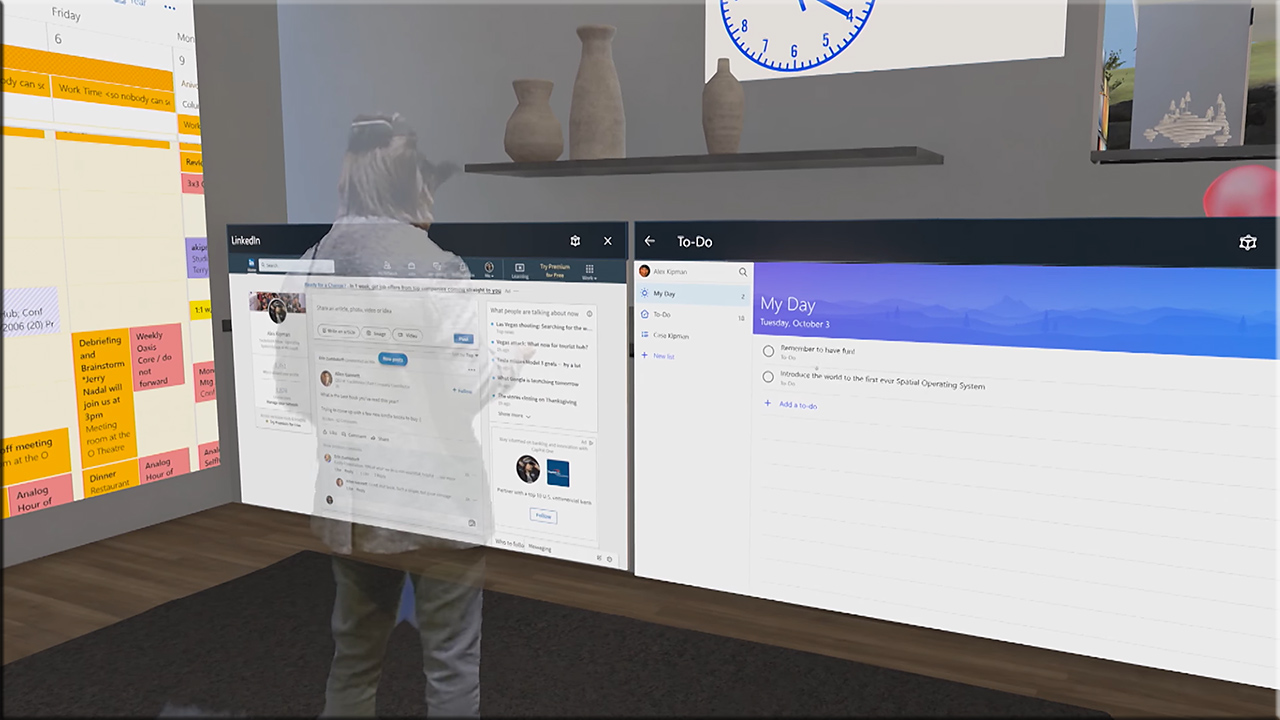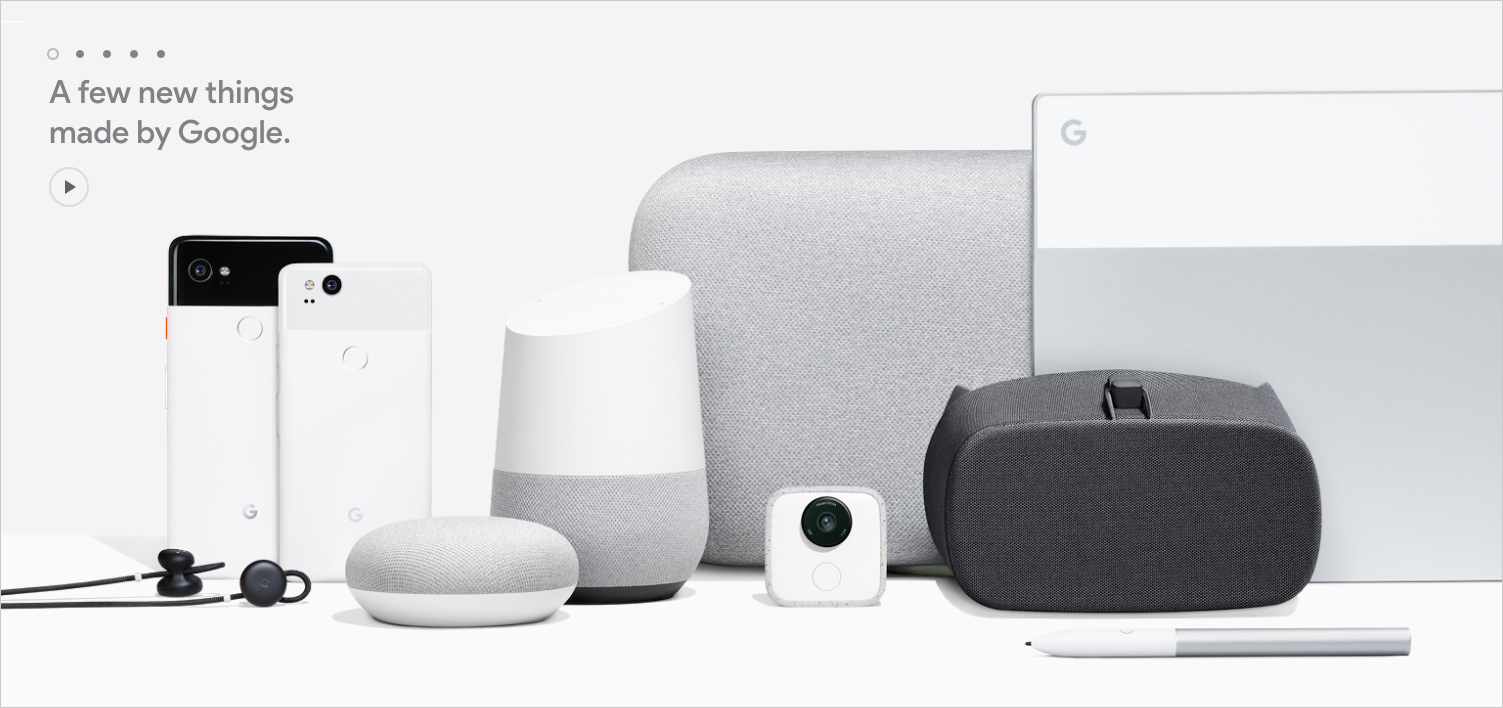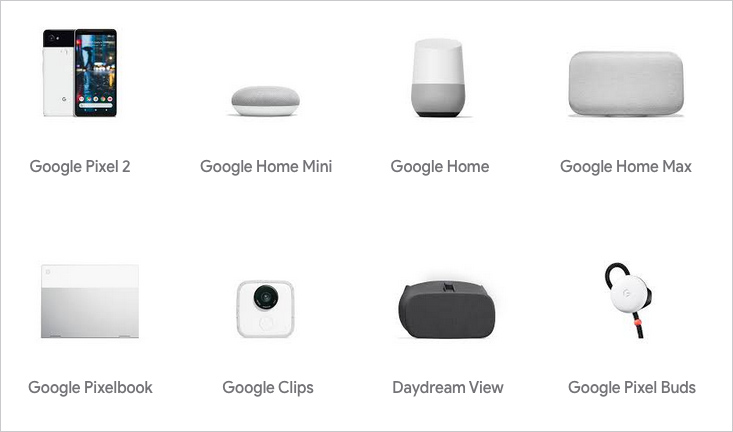From DSC:
After reviewing the article below, I wondered...if we need to interact with content to learn it…how might mixed reality allow for new ways of interacting with such content? This is especially intriguing when we interact with that content with others as well (i.e., social learning).
Perhaps Mixed Reality (MR) will bring forth a major expansion of how we look at “blended learning” and “hybrid learning.”
Mixed Reality Will Transform Perceptions — from forbes.com by Alexandro Pando
Excerpts (emphasis DSC):
Changing How We Perceive The World One Industry At A Time
Part of the reason mixed reality has garnered this momentum within such short span of time is that it promises to revolutionize how we perceive the world without necessarily altering our natural perspective. While VR/AR invites you into their somewhat complex worlds, mixed reality analyzes the surrounding real-world environment before projecting an enhanced and interactive overlay. It essentially “mixes” our reality with a digitally generated graphical information.
…
All this, however, pales in comparison to the impact of mixed reality on the storytelling process. While present technologies deliver content in a one-directional manner, from storyteller to audience, mixed reality allows for delivery of content, then interaction between content, creator and other users. This mechanism cultivates a fertile ground for increased contact between all participating entities, ergo fostering the creation of shared experiences. Mixed reality also reinvents the storytelling process. By merging the storyline with reality, viewers are presented with a wholesome experience that’s perpetually indistinguishable from real life.
Mixed reality is without a doubt going to play a major role in shaping our realities in the near future, not just because of its numerous use cases but also because it is the flag bearer of all virtualized technologies. It combines VR, AR and other relevant technologies to deliver a potent cocktail of digital excellence.











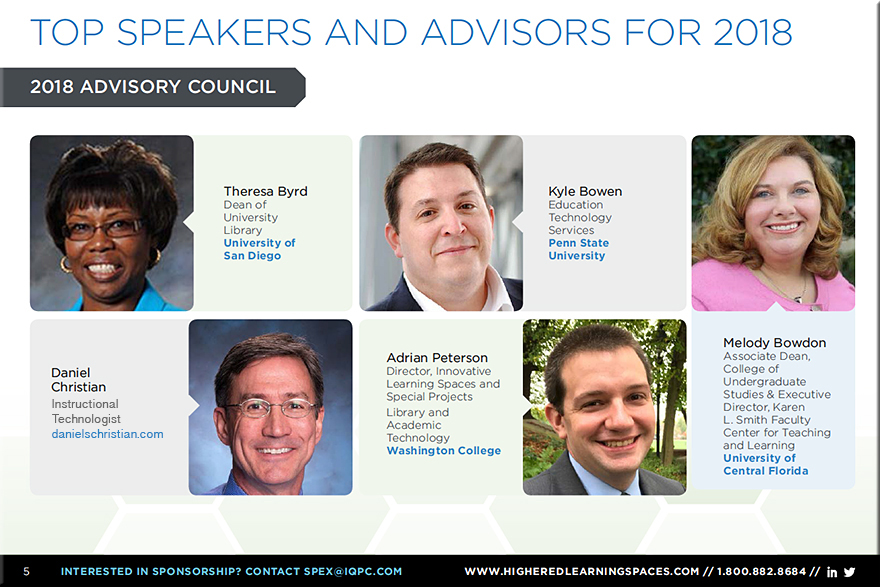
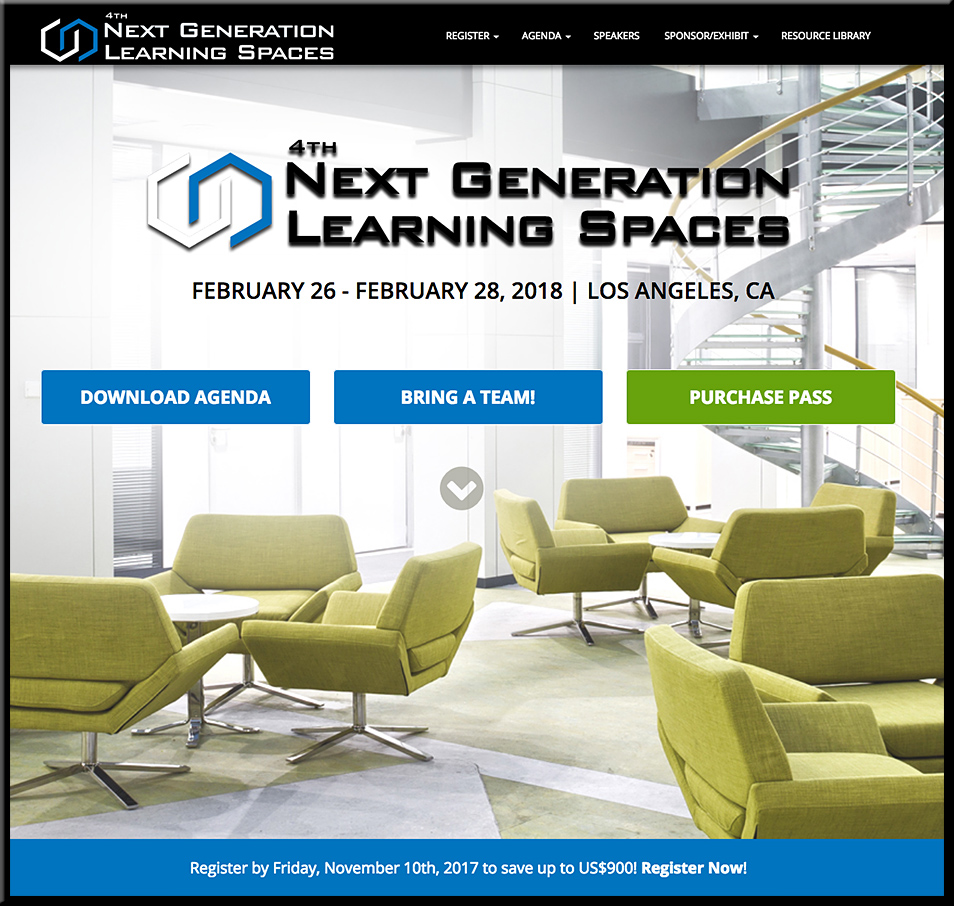
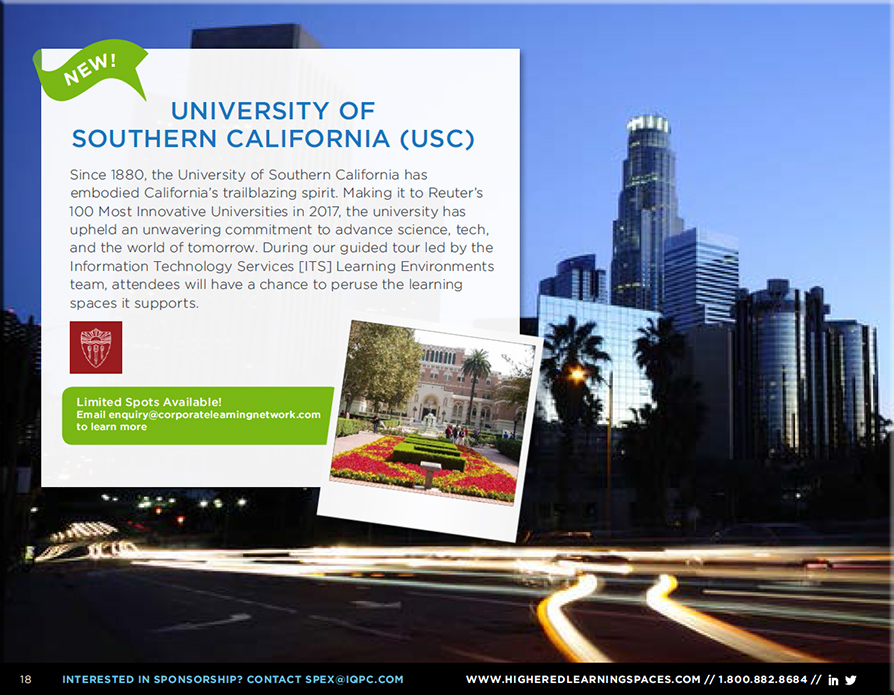
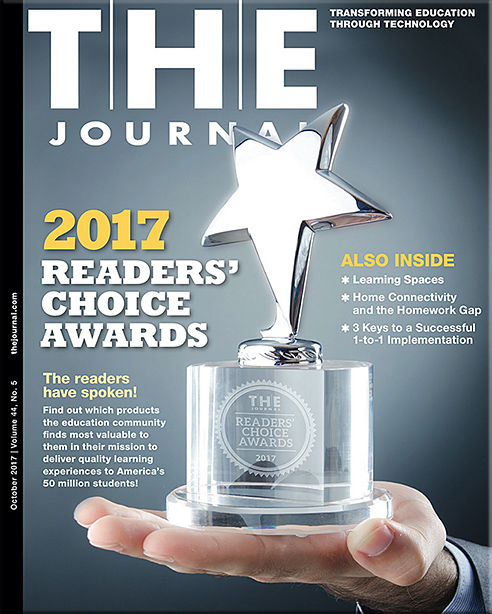
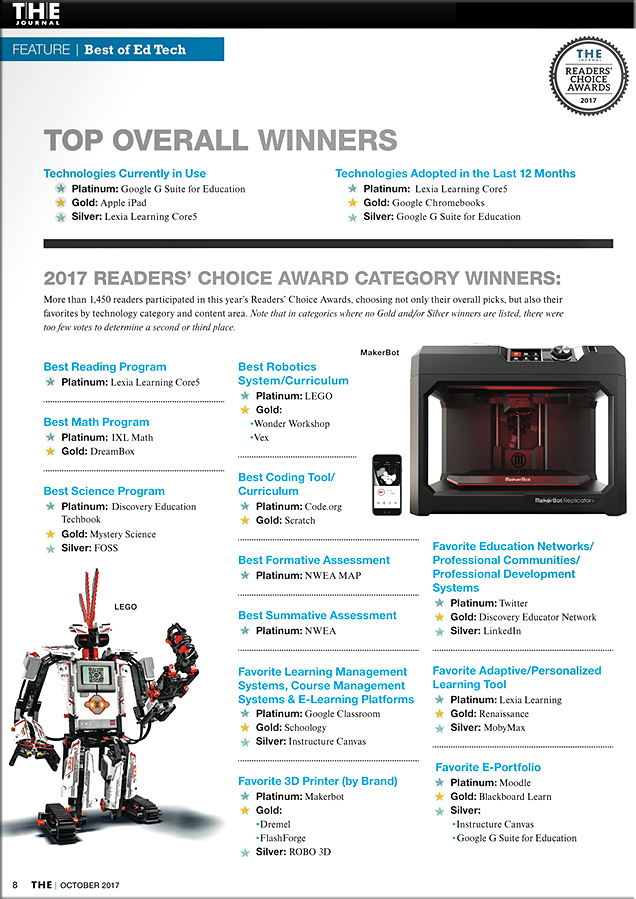
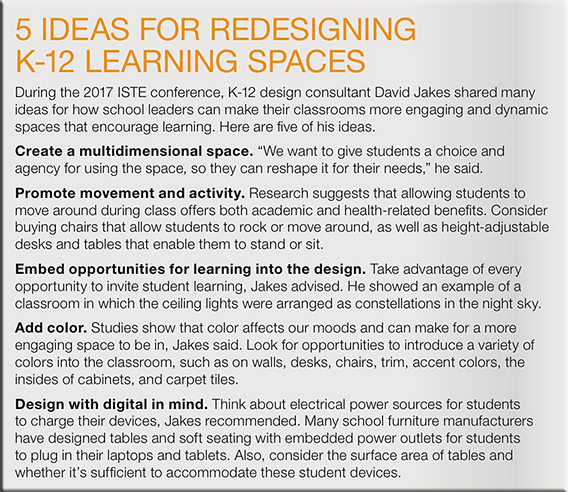


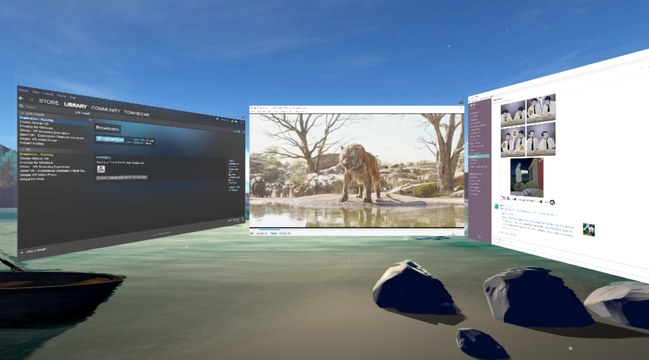
/cdn.vox-cdn.com/uploads/chorus_asset/file/9477517/hpheadset.jpg)
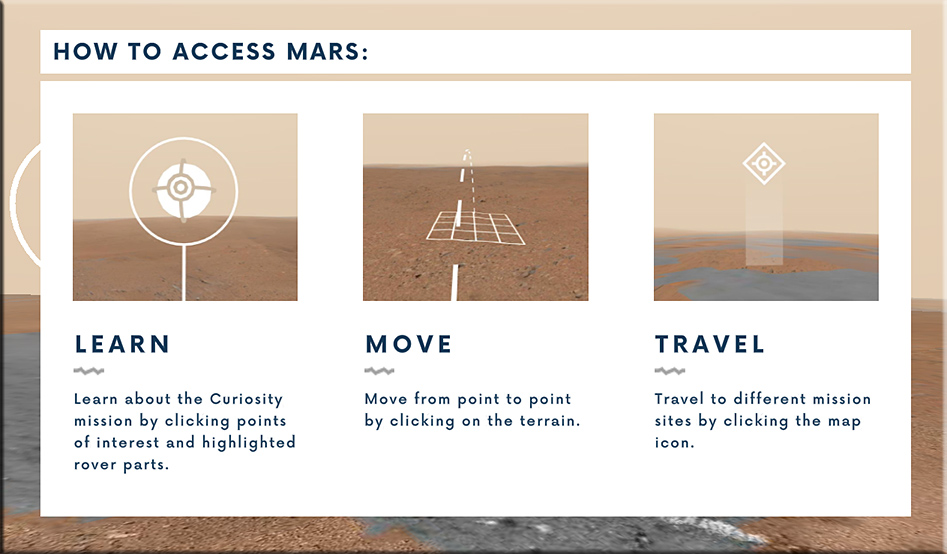
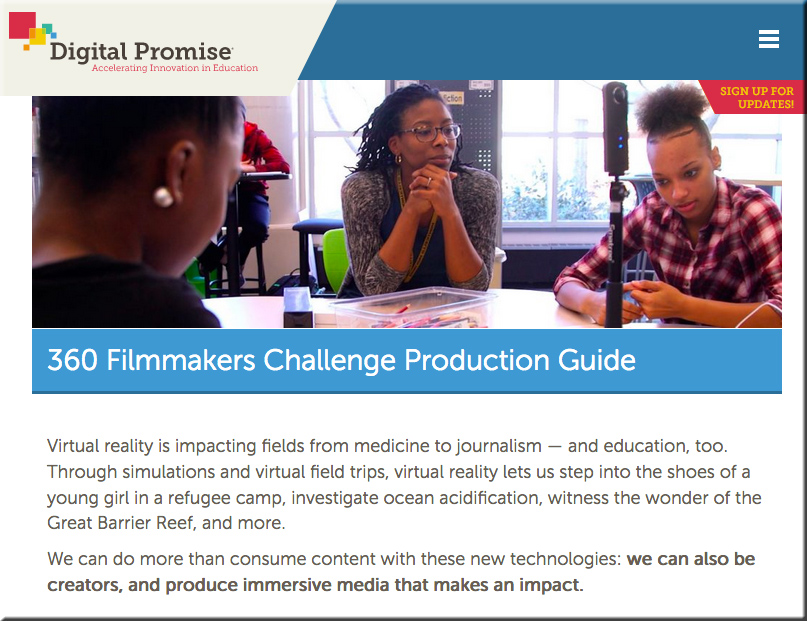
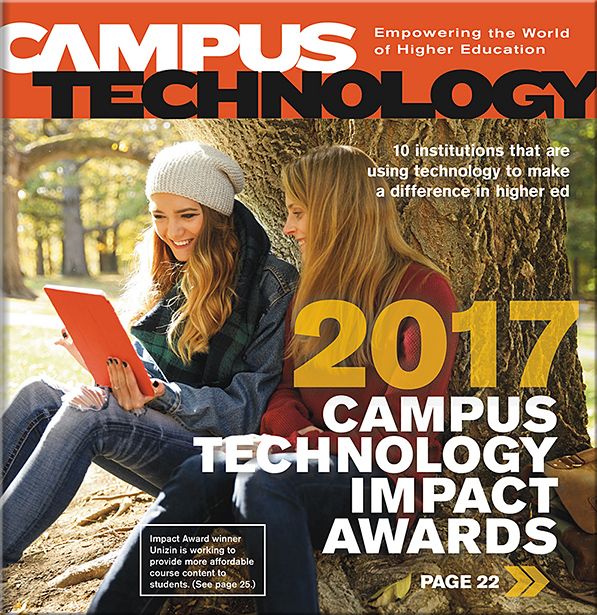


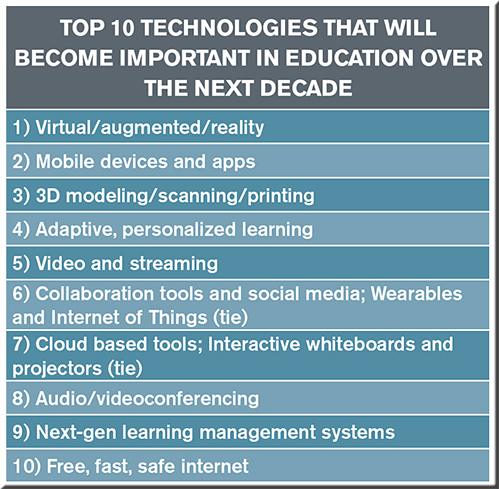
![The Living [Class] Room -- by Daniel Christian -- July 2012 -- a second device used in conjunction with a Smart/Connected TV](http://danielschristian.com/learning-ecosystems/wp-content/uploads/2012/07/The-Living-Class-Room-Daniel-S-Christian-July-2012.jpg)

